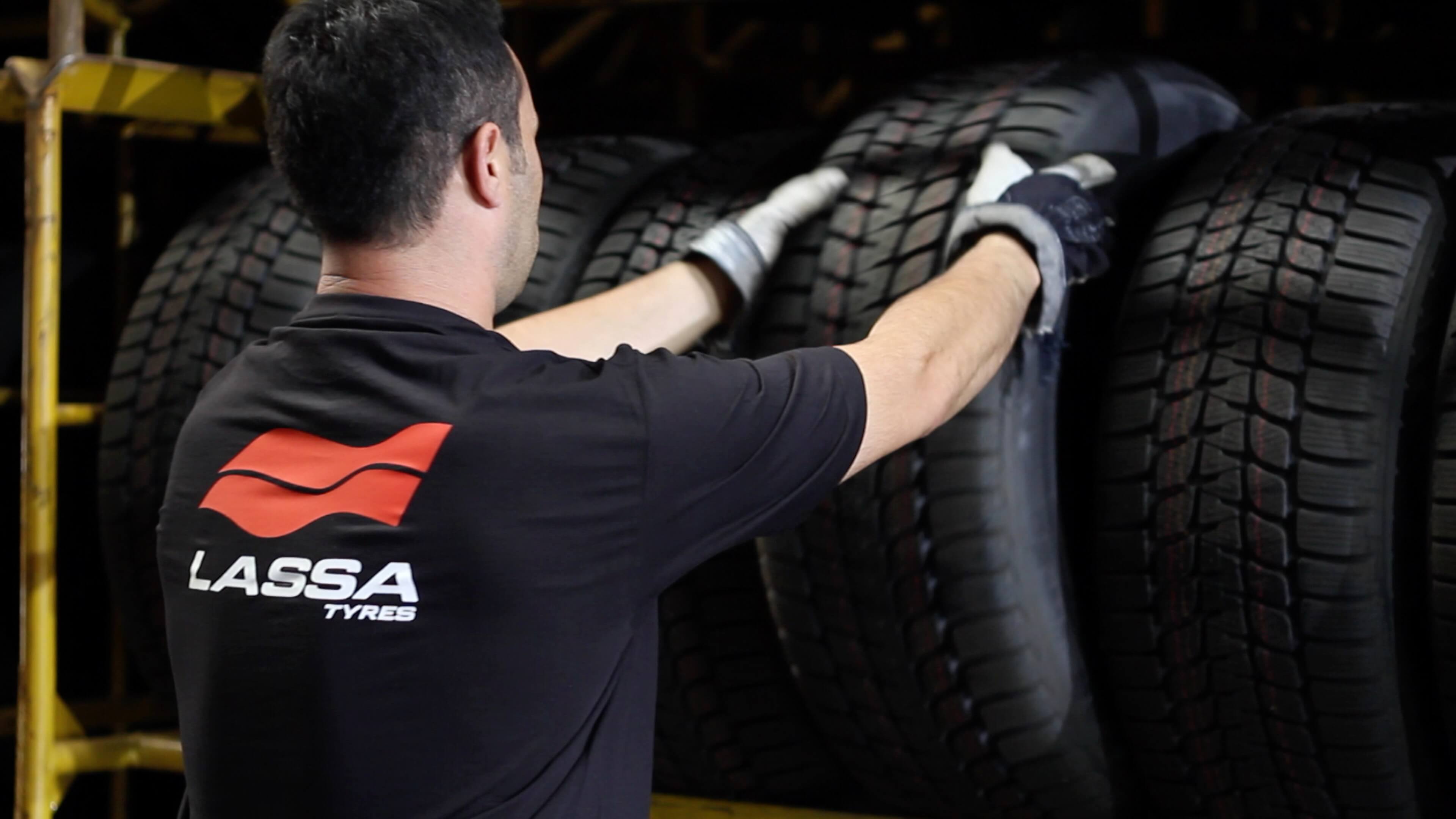Every now and then, drivers must replace tyres for optimal performance and road safety. Yet, everyone does not know how to change tyres, or when to change them. From steering and braking to control and fuel economy, tyres may have an enormous impact on your vehicle's performance. As a result, proper tyre selection is critical, as well as an understanding of how the condition of your tyres may impact your vehicle's overall performance and possible safety. Since this is the case, it's typically recommended that you replace your tires in pairs, which will ensure that the vehicle is in balance and performs at its best.
The sooner you repair a flat tyre, the less likely you are to have to deal with a puncture. Everyone knows they must change their tyres, but many people also ask: should tyres be changed in pairs or individually?
The short answer is yes, you should change tyres in pairs. While replacing one tyre, it is important to also replace the tyres on the other side of the vehicle. This will ensure that the vehicle is balanced and avoids excessive tyre wear.
But you may ask: why? Rolling resistance and grip might be unevenly distributed across multiple tyres on the same axle, and this can influence your steering and braking as well. If you need to make an emergency stop, this might be hazardous to your safety. When braking forcefully, your car may not be able to stop in a straight line if your tyres on the same axle are old and new. In a circumstance like this, driving on a highway may be quite dangerous.
How to make sure that both tyres are the same? Check the marks on the sidewall of the tyre to make sure your new tyre is the same as the ruptured one, or that the tyres on each axle are the same. Using these numbers and letters, you may determine the width, height, diameter, and tread pattern of the tyres on your vehicle.
When you change your tyres in pairs, you'll save money in the long run while also improving the vehicle's handling and safety. A new tyre may seem like an unnecessary expense, but in the long run it will save you money by eliminating the need for expensive repairs like wheel alignment adjustments if one of your tyres fails or wears unevenly.








